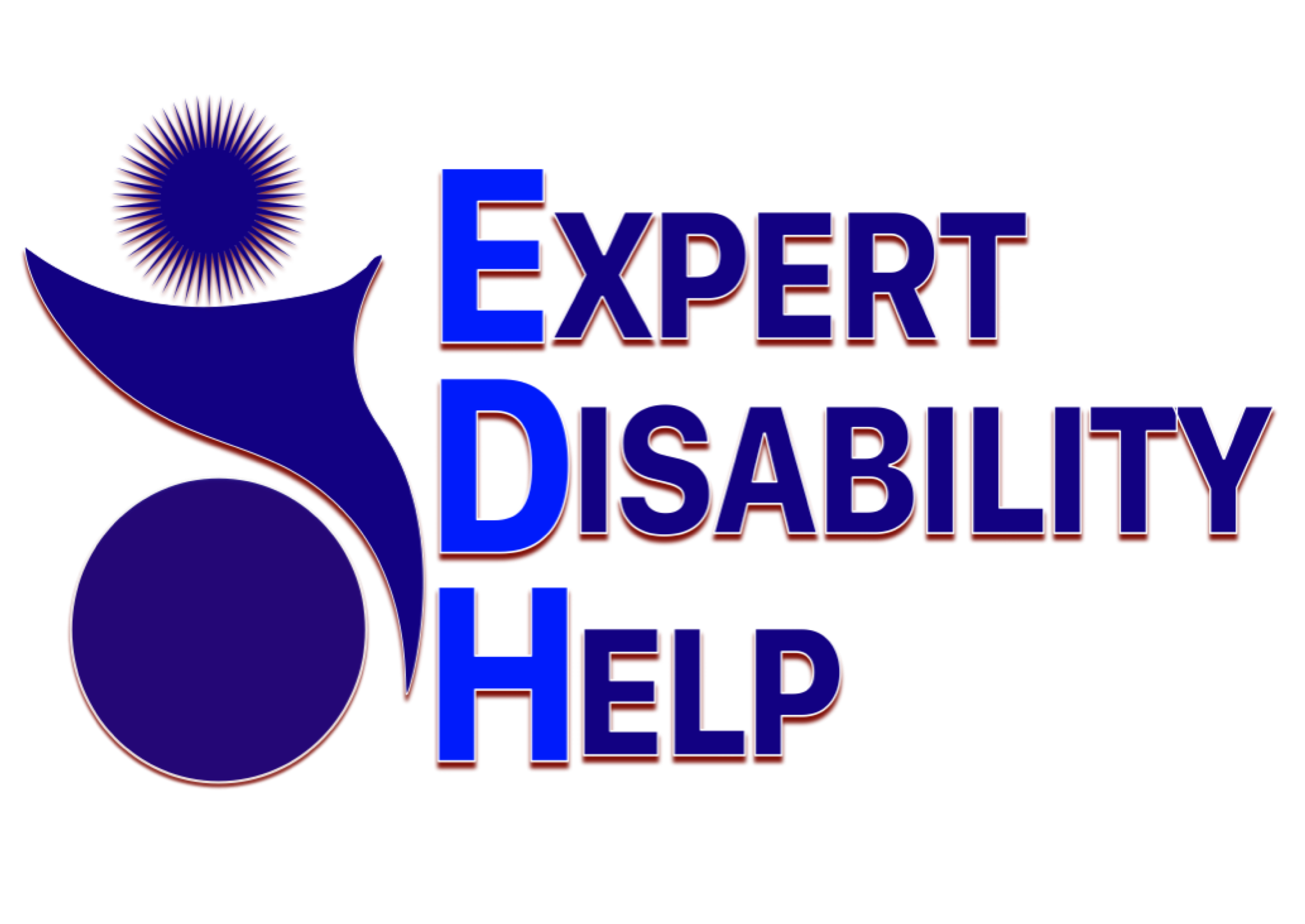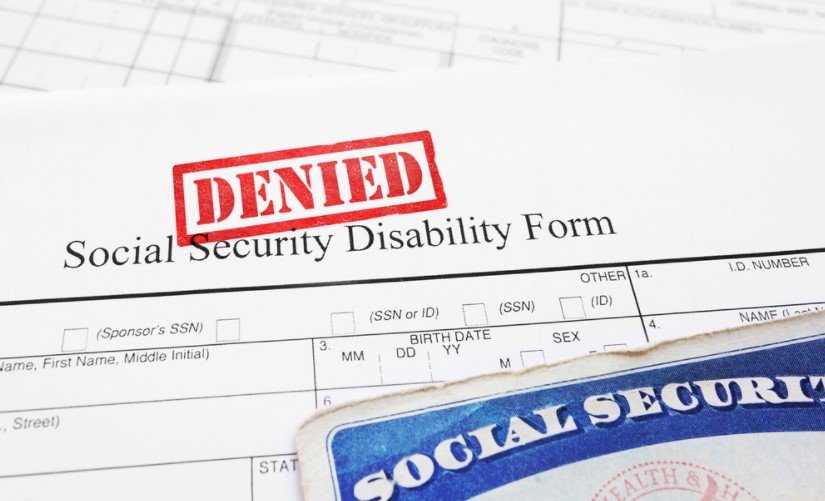When you apply for Social Security benefits, it should not be a haphazard decision. Instead, your plan should be well-thought-out. Disability benefits are yours if your claim meets the necessary criteria. Apply for Benefits
Some claimants who hesitate to apply for disability benefits have said, “I don’t want a handout.” Fortunately, that statement can’t be further from the truth. Social Security benefits are NOT a handout. Your work history qualifies you.
You make a contribution to a FICA fund (specifically designed to help workers) every time you get paid. You cannot opt-out of this contribution. FICA (Federal Insurance Contribution Act) is a U.S. Law that funds Medicare and Social Security programs.
Contributions come from both employers and employees. The funds come from gross earnings. In most cases, you don’t have a choice but to contribute. It is very similar to paying an insurance premium.
So Social Security benefits are NOT a handout. You must have contributed enough taxes to be eligible for SSDI benefits. In addition, to qualify for SSI, you need to meet specific household income requirements, not FICA tax.
Why Apply:
Social Security benefits can provide a lifeline when you need it the most; however, there is a delay, so you should apply as soon as you stop working. When you are eligible for disability benefits, you can receive financial support within five (5) months, and after twenty-nine (29 ) months, you qualify for Medicare.
Education is the key to understanding everything you need to obtain disability benefits.
- Medical Requirements: a) you must have a medically determinable illness (MDI), b) this condition must be expected to last 12 months or more, c), or the MDI must be expected to result in death.
- The SSA uses a five-step sequential evaluation process to determine disability.
- Work Requirements: a) SSDI is determined by what is referred to as Substantial Gainful Activity (SGA), if working your earnings cannot exceed more than $1,310 per month for 2021), b) Must have worked the last 5/10 years, c) SSI: is determined based on income. An applicant can not have more than $2,000 in personal assets, $3,000 if married.
Forms, Forms Forms, and More Forms
When applying for Social security disability, there are many forms to complete. There are approximately six significant forms. These forms require your undivided attention. This blog intends to inform you that applying for SSA benefits is not an easy process and is not only time-consuming but challenging. SSA Forms
Therefore, you should do everything possible to complete the necessary forms with the best responses to avoid a denial. To succeed, it should become a priority to recognize each step of the process.
Necessary Documents
Before you begin the application process, it is crucial to have the necessary documentation before starting. Accumulation of the required documents can be time-consuming and frustrating but ultimately can lead to the success of your application. Documents you need to provide
How To Apply
There are currently three ways to apply for disability. It is wise to determine which method fits your needs the best. Below is a description of each method. Review each one carefully because it would be challenging to change your mind once you start. Apply Online
- Completing the application online: there are pros and cons to this method. Not all applicants can complete the application online (SSI). If you choose the computer method, make sure you are computer literate (it’s not beneficial to start the application online and then stop). This type of application choice requires a lot of patience and time. Make sure to save compiled information in case you need to stop and take a break. Once the application is complete and submitted, there is no turning back.
- Applying in person can be frustrating. The downside to being interviewed in person are many. You may have to wait for hours if you do not have an appointment (during COVID, things have changed).
- Since your interview is in person, you are under scrutiny when you walk into your local Social Security office.
- SSA interviewers can make derogatory comments about applicants that are incorporated into the claim. Comments can be made about your appearance or your behavior. If your disabling complaints are, “I have trouble walking; I am in pain all the time. I can’t sit for over an hour, and I can’t concentrate.” If your overall behavior indicates otherwise, this does not paint a good picture.
- SSA interviewers have made comments such as “the applicant was walking just fine, no distress noted, no evidence of pain reported. There are no considerations that you are observed in a tiny fraction of time.
- Further comments on applicants include, “her hair and nails were done, she can’t be in that much pain,” the applicant was able to recall all the requested information.” The list could go on.
- These kinds of comments can ruin your claim. Don’t give Social Security any more reasons to rule against you. SSA employees do not have medical or psychological training, and the Social Security Administration knows that. These comments may matter.
- Based on the above information, applying online or on the phone are the best methods to choose.
- If you have difficulty completing your application, SSA will help you, but this “help” may not help because you may get different answers depending on who you ask or what you ask.
- A phone interview can be great, but you must rely on the interviewer to interpret the information you provide. Hopefully, the interviewer won’t miss anything. The other difficulty, you won’t have a chance to review your answers. Call 1-800-772-1213 (TTY 1-800-325-0778) from 8:00 a.m. to 7:00 p.m., Monday through Friday, to apply by phone.
- When you are providing answers for the phone interview, you must come across as credible. You should be able to answer questions straightforwardly.
- During an in-person interview or a phone call interview, avoid using words like “never,” “always,” and “impossible.” Using these words. These words represent permanence. Symptoms change; they are not consistent. It is better to use words that show change or fluidity, such as “sometimes when,” “usually when I try,” “typically,” or “when I am in pain.”
Quick Review
Applying online can be very convenient. However, you should be familiar with the computer. You will need patience. Make sure you don’t miss any forms that need to be completed. Applicants have missed the Adult Disability Report (SSA-3368-BK) and The Authorization To Disclose Information To Social Security (SSA-827). These two forms are the most common forms that are missed. If these forms are not completed, the application will not proceed, and claimants may not know for months.
Phone interviews may seem easy, and you can ask questions during the interview. However, you do not have a copy of the information you provided to correct any mistakes in real-time. Therefore, you must rely on the interviewer’s skills to complete your application correctly and, most importantly, to accurately record the information you provide.
Applying in person can be time-consuming, especially without an appointment. In addition, your appearance and behavior are under scrutiny and may be used against you.
If your disabling complaints do not match your appearance, that may be detrimental to your claim. The best method is to apply online if you are concerned about your appearance or making mistakes on the phone.
Be careful when answering questions; don’t use words that show permanence. Your medical symptoms will always change depending on your activities. Therefore, such terms like “always,” “never,” and “impossible” don’t apply.
Honesty and consistency equal credibility. When completing the disability application, no matter the method, your description of your disabling symptoms must exemplify the same factual information.











